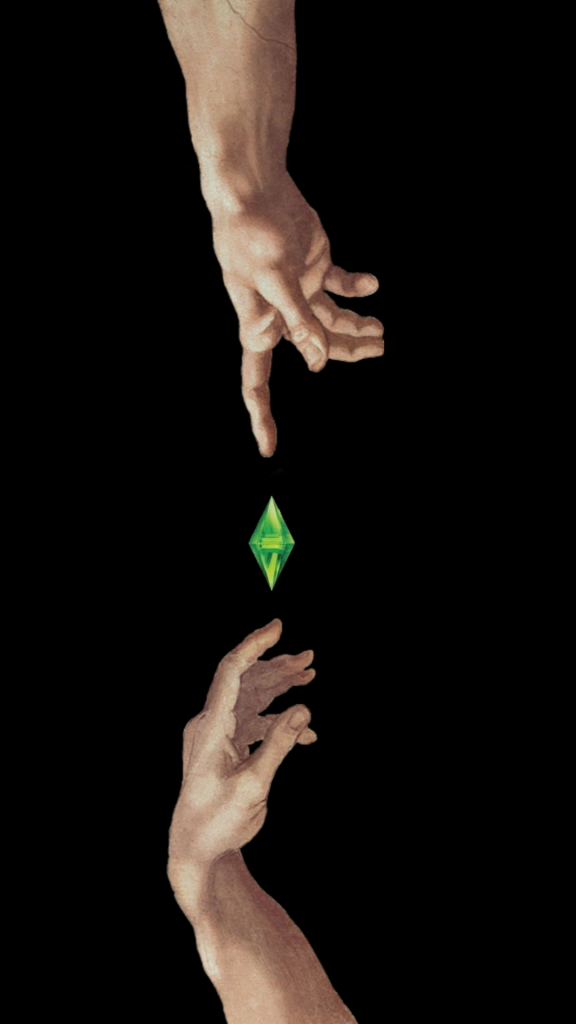Hace mucho que no escribo, pero me apetece dejar constancia de que sigo vivo.
Continue readingAuthor Archives: beykex
Small rant on academia, work-life balance, question-oriented vs data-oriented, and support networks
I have lost the count on how many times I have wished I had taken way more statistics courses during the undergrad and MSc. This is but one example of what I am going to talk about today.
Continue readingComputer Zines
Julia Evans es bastante conocida en el sector de la informática (sobre todo Linux) y la programación, pero quizá menos para los que somos satélite a la chicha del asunto.
El caso es que llegué a ella hace unas semanas a través de Mastodon, creo, porque ya me meto bastante poco en twitter, y descubrí sus “Wizard Zines”, unos libritos que ilustran superbien un montón de aspectos de programación (en general), de Linux, la línea de comandos, redes, e incluso sobre cómo debuguear. El formato es muy accesible, con muchas ilustraciones y metáforas, y un lenguaje muy sencillo para hacer las cosas lo más fácil posible.
Se pueden comprar impresos, o por un precio menor puedes descargar una copia digital en pdf.
Yo me estoy pensando echarle el guante a alguno que otro. Ojalá haber tenido recursos así hace quince años cuando empecé con este mundillo!
Están todos en https://wizardzines.com/
Viernes de escritorio

- Ubuntu 22.04 (tampoco es que importe… de hecho llevo tiempo pensando en cambiar a Fedora o Debian).
- Escritorio: GNOME 42
- Tema Shell: Adwaita, claro/oscuro segun el momento.
- Tema: Adwaita, claro/oscuro segun el momento.
- Color de acento: Indigo/Purple
- Iconos: Adwaita
- Extensiones:
- Dash to Dock
- Night Theme Switcher
- Workspace Indicator
- Panel Corners
- Replace Activities Text (con icono personalizado)
- Wallpaper: Chakra Sirius
Estoy probando las apps de la tienda de FlatHub y estoy muy contento, sobre todo con Spot. Tambien he descubierto hace poco VSCodium. La verdad es que me dio pena cuando quitaron las esquinas redondas de GNOME, pero nada que no arregle una extension.
Entre todo esto y la soltura que tengo ya con la terminal, y la integracion por ssh con los servers y con github, me siento muy comodo y capaz. Y eso es clave en una estacion de trabajo.
Bonus: Night version 🙂

Tecnicismos y conexiones profundas del Vaporwave: Small Web, Memética, y Coalescencia
En una entrada previa hablamos de algunas de las influencias musicales que permiten la aparición de vaporwave, concretamente de la rama del Ambient y cómo estos sonidos tienen paralelismos con el vaporave, cuando no son fuente directa de sampling incluso. Un ejemplo siendo el empleo de patrones de repetición para transmitir emociones concretas, que tienen una clara contraparte en el vaporwave ya bien establecida desde el principio.
Pero el vaporwave, como todos sabemos, es más que eso. Como género que nace de manera totalmente digital, hay un componente tecnológico inescapable, imposible de obviar, que está directamente relacionado con la plataforma y el medio donde se comienza a producir. Hoy me gustaría hablar de esto, precisamente. De las características del Internet de aquella época y de cómo dan lugar no a un nacimiento, si no a una coalescencia, a una consolidación del Vaporwave como género.
Continue reading

